Our Latest News- October 21, 2024
Svoronata Field Station
The past couple of weeks at Svoronata have been record-breaking. After an incredible season, we finally welcomed our last set of volunteers to the project.
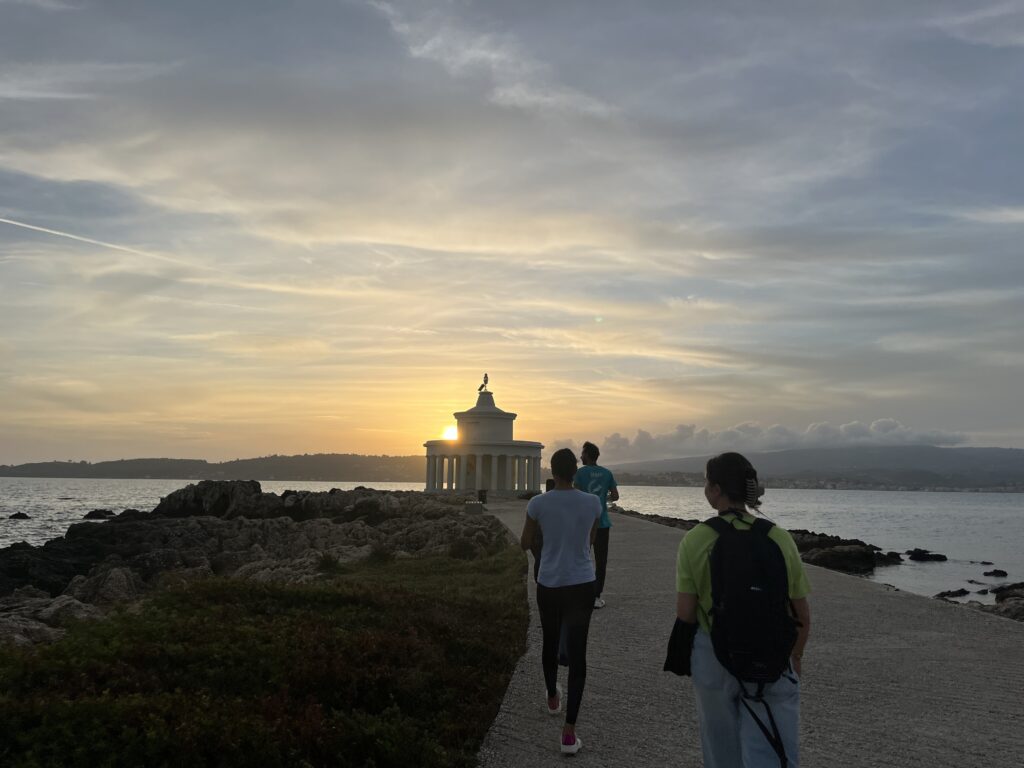
During our snorkel surveys, the team completed mapping the coastal area of Cape St Nick, a technically difficult area to survey due to rocks and waves created by a bottleneck between land and the Island. The team produced some beautifully plotted surveys and the water clarity made accurate classification of the sea floor far more simple. They saw many fish and a beautiful Moray eel in this area! Our most recent snorkel surveys have been at Kalamia where a loggerhead sea turtle and a green sea turtle were spotted a few metres out from the survey. The volunteers were very excited about this new location despite the colder water temperatures.
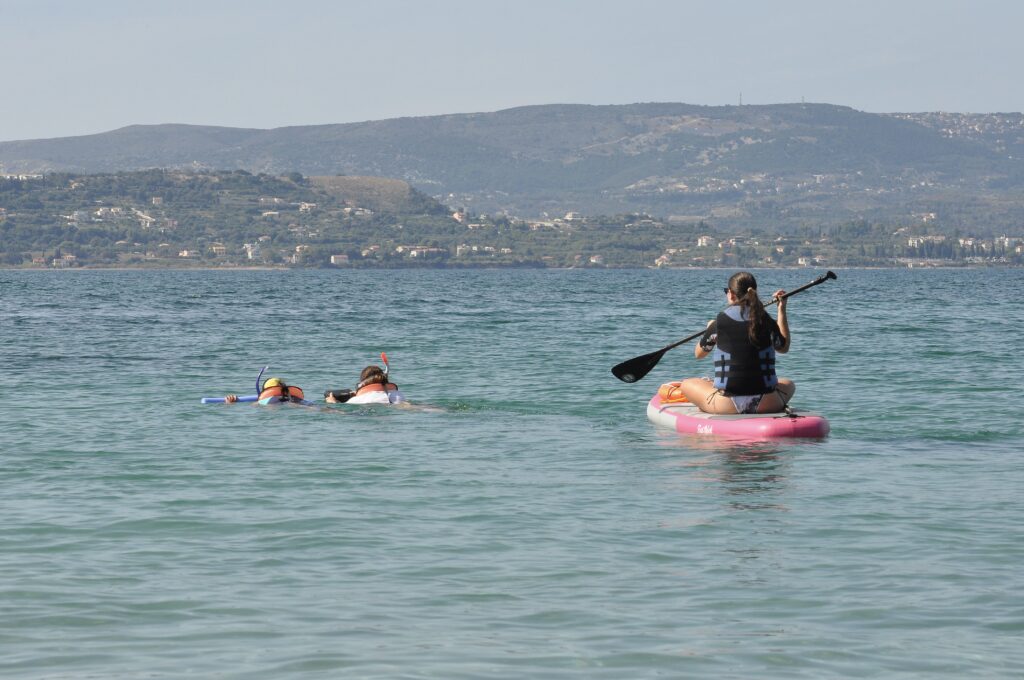
Our light pollution survey of Trapezaki in the Lourdas area went very well. Unfortunately, even in October the car park and restaurant area emitted the highest intensity of light pollution.
Over the past couple of weeks, the team completed an impressive 1.85 kilometres of beach profile! The whole of Kanali and Lourdas Beach were covered providing us with essential data. These beaches are some of our nesting beaches in Kefalonia so it’s vital to understand the profile of the beach and how this can change throughout the season.
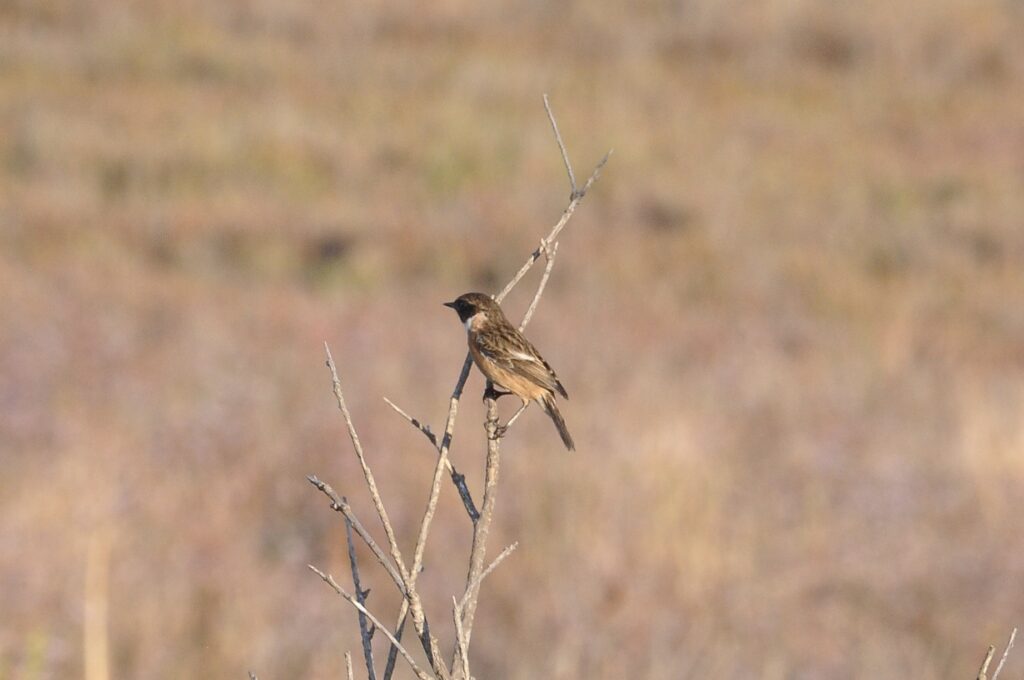
Our most recent bird survey in the Livadi marsh area was very exciting. The volunteers were able to see a huge variety of birds, some of which we have never had visuals of before. For example, we were able to capture an ID photo of a teal! Some other exciting birds we saw included a Little Ringed Plover, a Stonechat and a Common Greenshank. The excitement didn’t stop there! On the drive home, we managed to see some dolphins in the bay so of course we had to stop and take some photos!
Argostoli Field Station
As we’re approaching the end of the season, our last group of volunteers arrived at the Argostoli field station just in time to observe the inventory of our last nest. Last week we inventoried the final nest that had been relocated from Lixouri over to Argostoli, the nest was very successful with 40 out of 55 eggs hatched. As hatching season draws to a close the last hatchlings of the year have now been released. Our group of volunteers enjoyed experiencing their first inventory and watching the hatchlings make their way to the sea as the sun set over the beach.
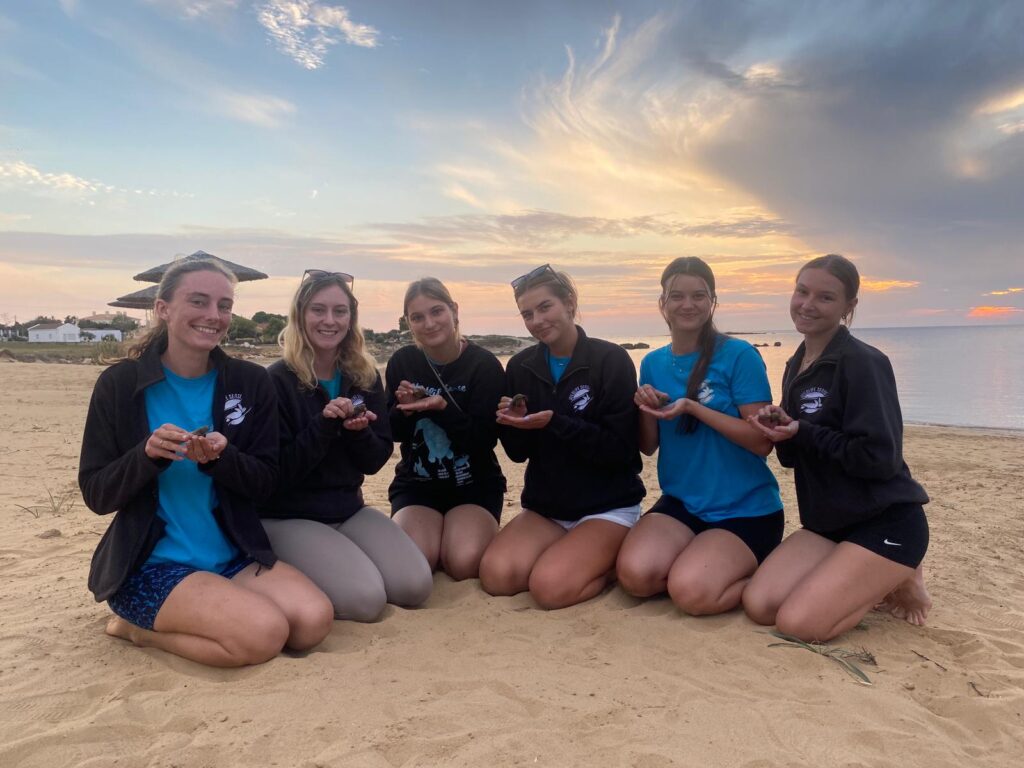
Now that hatching season has officially come to an end, we have resumed our tagging shifts. During these shifts, turtles are taken out of the harbour, identified, measured and assessed for any present injuries or potential health risks. The data we collect from our tagging shifts are essential for monitoring how our turtles grow from year to year and allow us to keep an eye on the healing process of any previously identified injuries. This week we have taken 27 turtles out of the harbour, 12 of which we could identify as they had already been tagged but not measured this year. The remaining 15 turtles were newly identified individuals and have now been tagged. Our volunteers loved seeing the adult turtles and had a lot of fun deciding names for our newly tagged individuals. We also had the great pleasure of seeing one of our well-known turtles, Barb, get assessed.
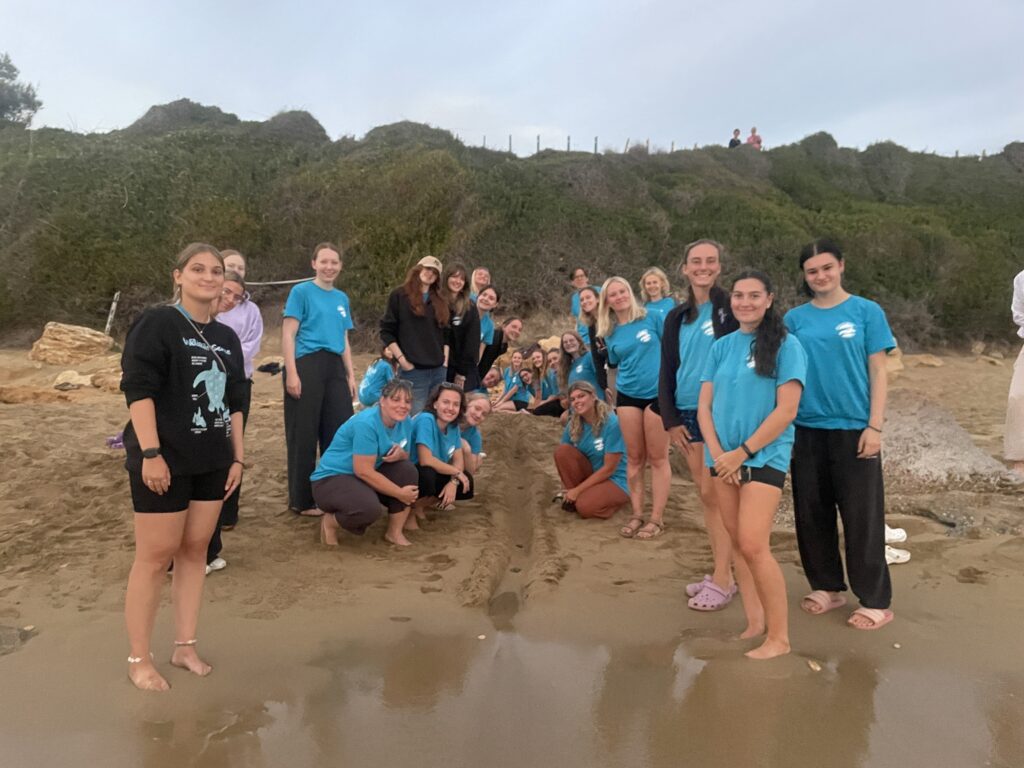
Furthermore, a successful rescue took place at the harbour last week. An unidentified male turtle was spotted by the drone with buoyancy issues as well as a significant level of algae on his flippers and carapace. We were able to successfully catch him, he had no immediately obvious injuries however he was taken to the vet for an X-ray and some blood work. Whilst the X-ray was clear, the blood tests indicated that he was slightly dehydrated. Fluids were administered to help rehydrate him and then he was tagged and microchipped before being released back into the lagoon.
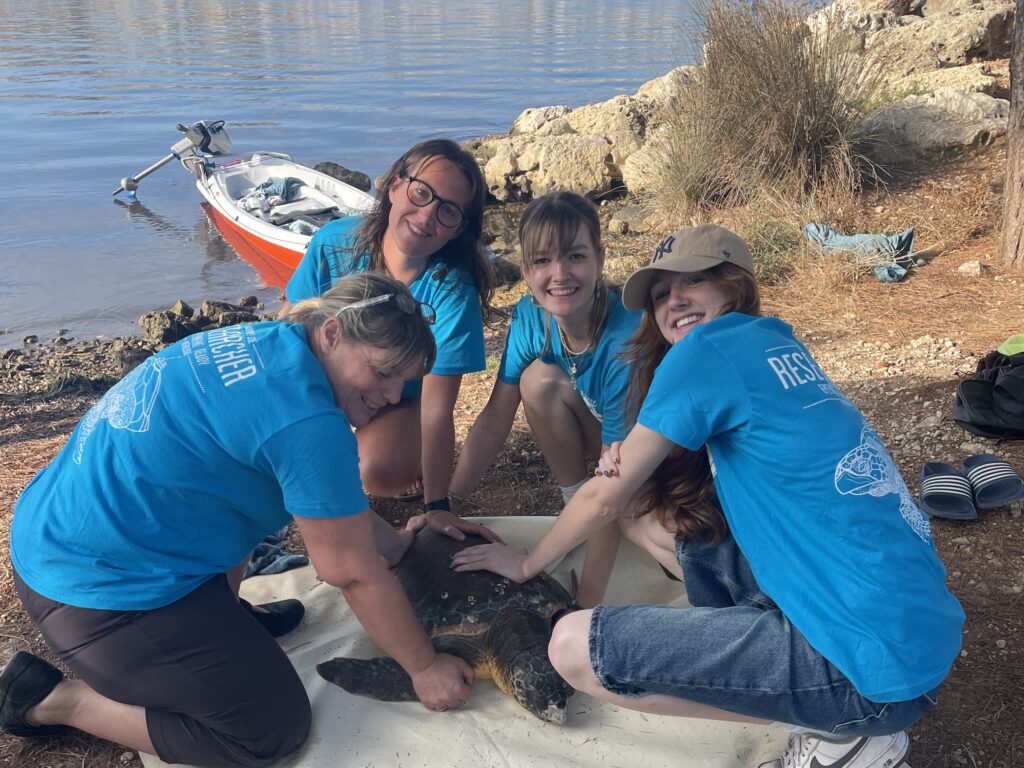
Lixouri Field Station
Lixouri Field Station is now closed for the season! The past fortnight looked a little different for our volunteers, as the Lixouri beaches no longer had any nests to monitor, so the focus turned to helping efforts across Argostoli and Lourdas areas.
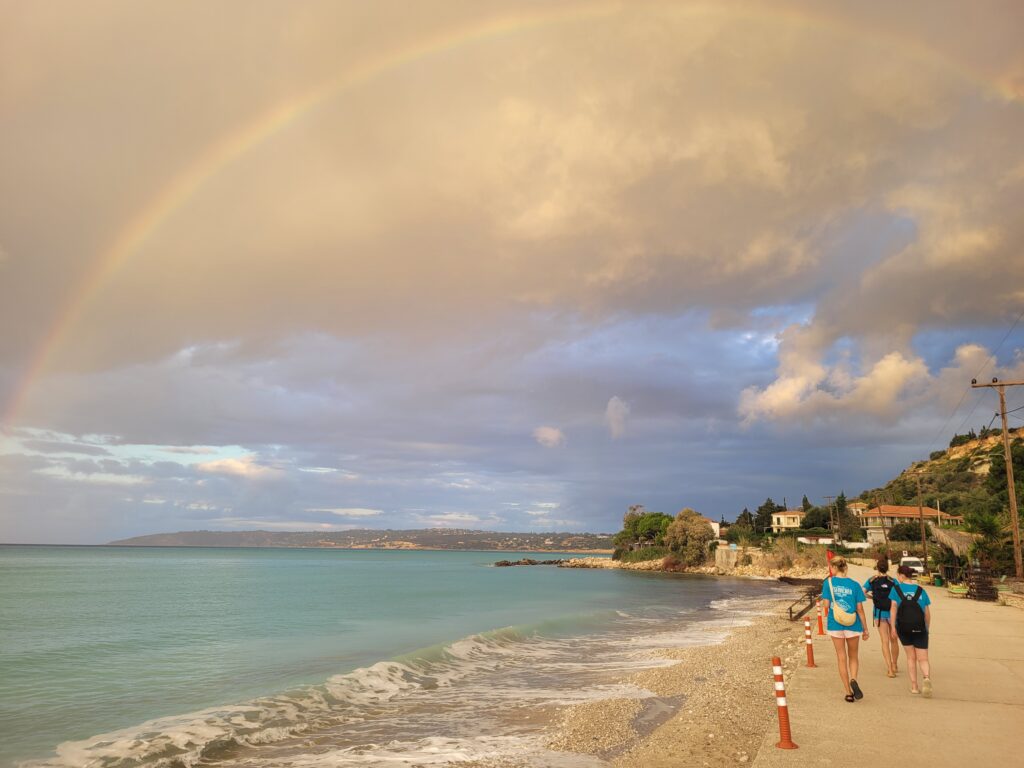
The team also had the opportunity to try a different shift: Light Pollution Survey! This involves going out onto nesting beaches during Astronomical Twilight (the period during the night at which sky illumination is the most faint), to measure and record the magnitude and sources of light pollution. Light pollution can be incredibly harmful to sea turtles, as high light levels can deter nesting females and disorientate hatchlings. So, the data collected in these shifts will help us better protect sea turtles by informing us of the most affected areas.
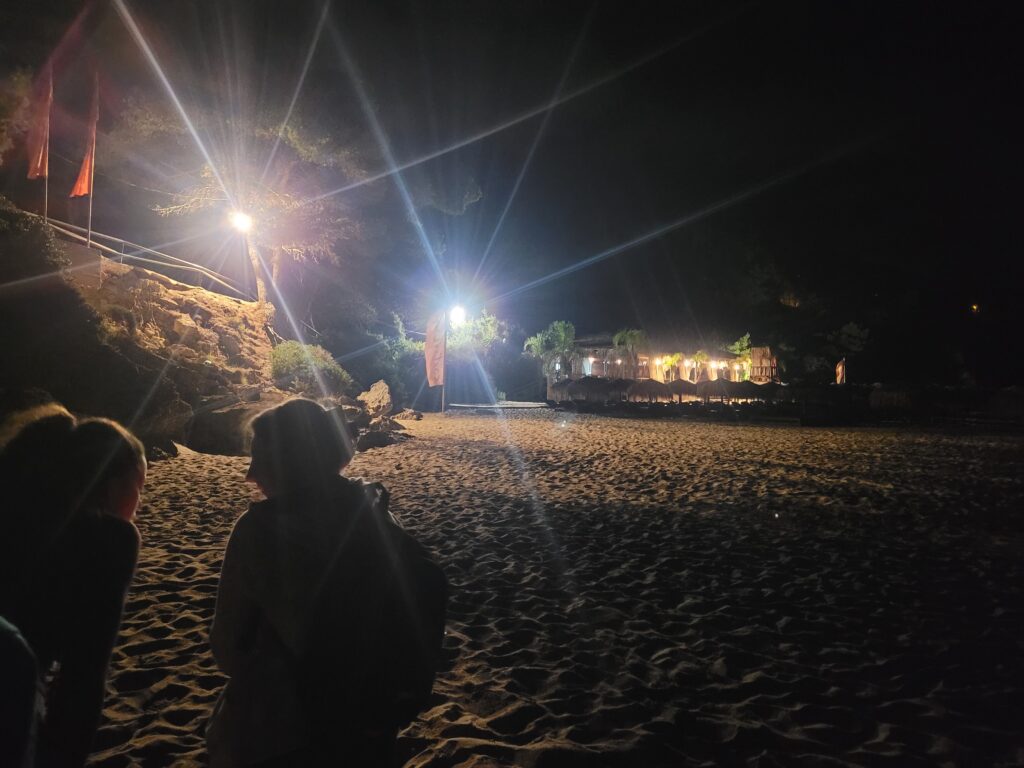
Team Lixouri also enjoyed helping out with monitoring the last few Argostoli nests. Volunteers took part in Hatchling Rescue shifts to check nests overnight and help hatchlings to sea away from areas of high light pollution. One evening also saw inventories of three nests, in which there was a cumulative 132 hatchlings helped to sea!
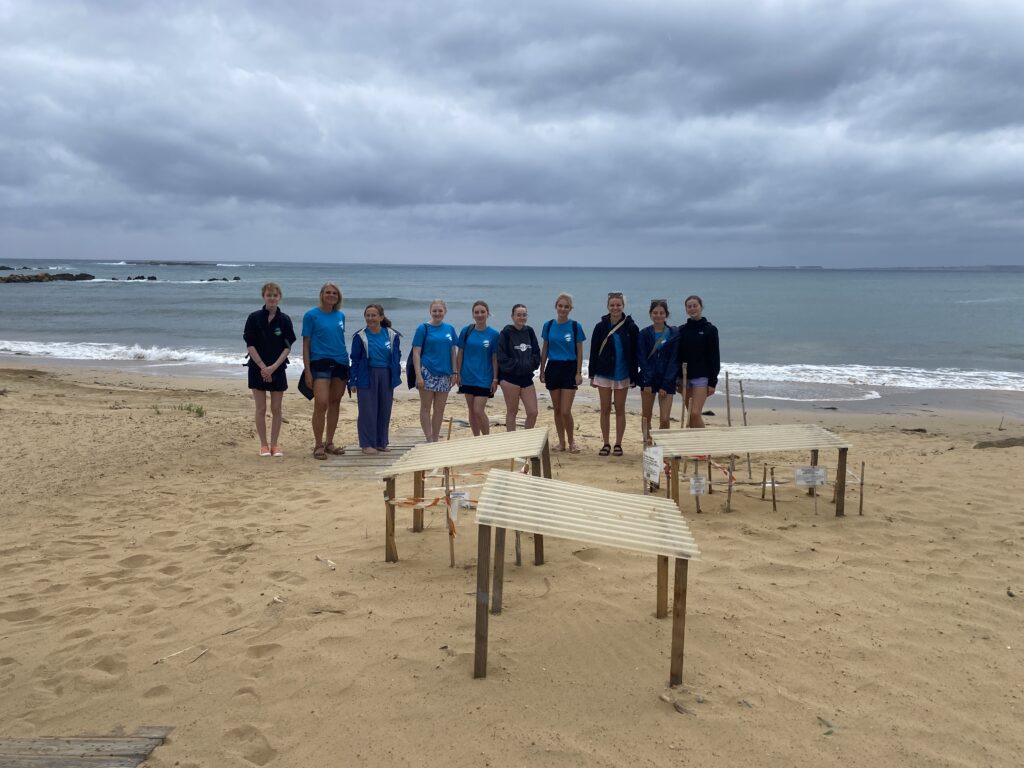
To close the last Lixouri news of the year, we would like to thank all of the volunteers who worked tirelessly to find, protect and monitor the nests across this record-breaking season. Your efforts have made a real difference to the sea turtle population of Kefalonia.

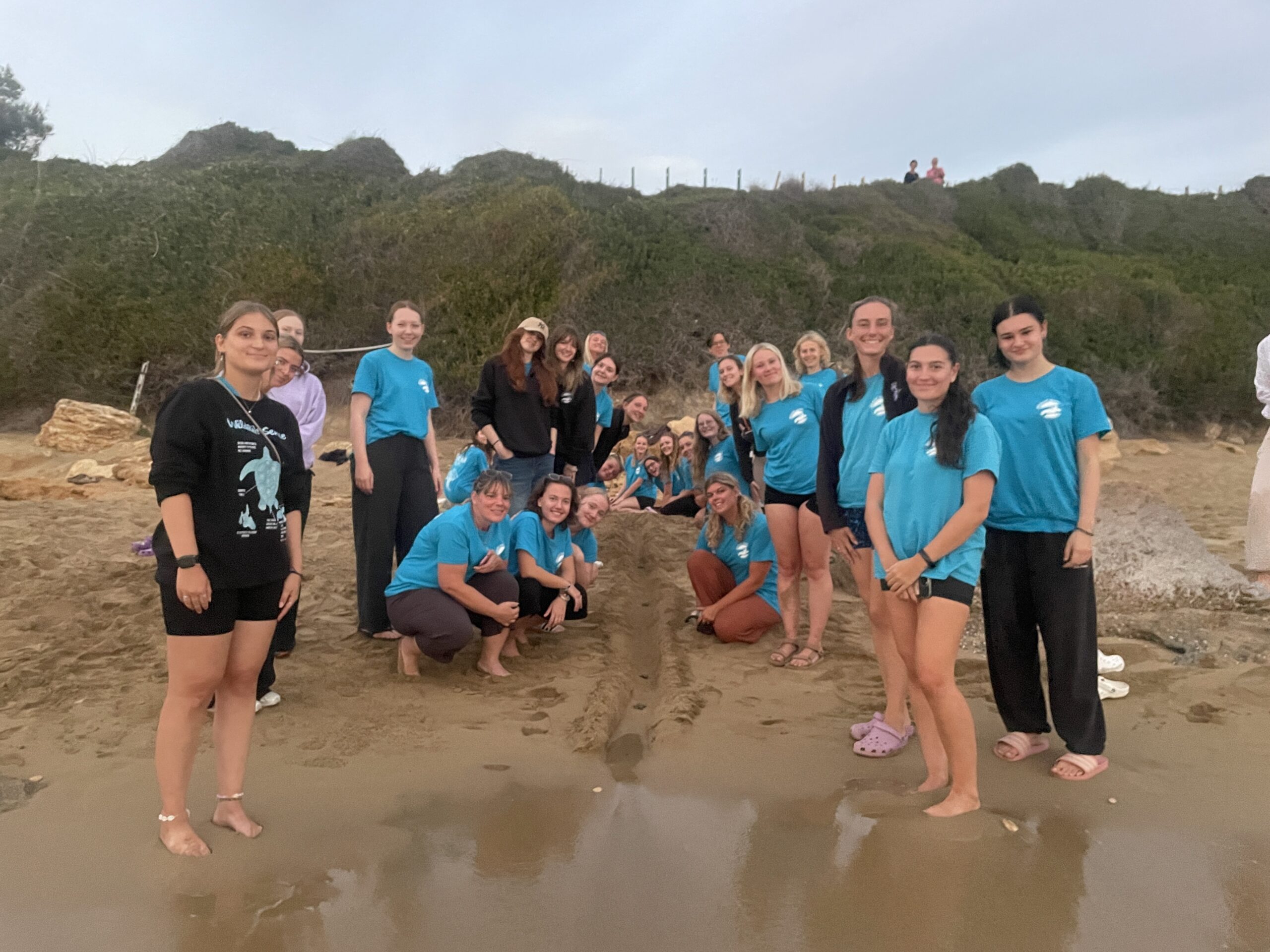

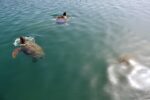
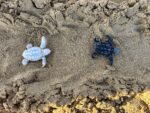
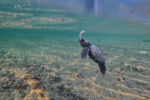
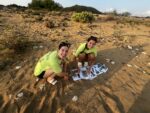
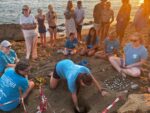
Hello, what is the minimum age for volunteers?
The minimum age for most Field Stations is 18, however we also have an Education Programme where families can come in certain weeks of the season.